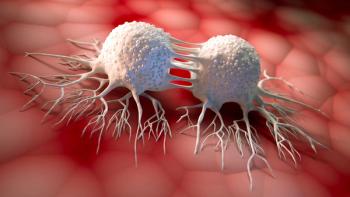
- Pharmaceutical Technology's In the Lab eNewsletter, December 2021
- Volume 16
- Issue 12
From PharmTech: Detecting and Determining Quantitation Limits for Impurities
Different methods to calculate limits for impurities will give different answers. The prediction interval method may be ideal.
Regulations require drug manufacturers determine the detection limit (DL) and quantitation limit (QL) of impurities in APIs and drug products. There are multiple ways of doing so, some of which are described in the International Conference on Harmonisation (ICH) guideline, ICH Q2 (R1) Validation of Analytical Procedures: Text and Methodology. Primarily, these methods are based upon the statistical uncertainties from a linear least squares regression calibration curve. However, different calculation methods give different answers. The following describes an example and a recommended best practice method.
About the Author
Chris Burgess is managing director, Burgess Analytical Consultancy Limited, Barnard Castle, Co Durham, UK.
Articles in this issue
about 4 years ago
New Carbon Nanotube-Based Sensor Can Detect SARS-CoV-2 Proteinsabout 4 years ago
MilliporeSigma Unveils ColorWheel Flow Cytometry Portfolioabout 4 years ago
Lonza Invests in Microbial Development Lab Expansionabout 4 years ago
Synthace Raises $35 Million to Expand Access to R&D Technologyabout 4 years ago
Fujifilm Irvine Scientific Expands Cell Culture R&D Centerabout 4 years ago
Element Acquires JMI Laboratoriesabout 4 years ago
GenScript Opens New Gene Synthesis Center in New Jerseyabout 4 years ago
Gentronix Expands Lab Facilities, Increases Testing CapacityNewsletter
Get the essential updates shaping the future of pharma manufacturing and compliance—subscribe today to Pharmaceutical Technology and never miss a breakthrough.




